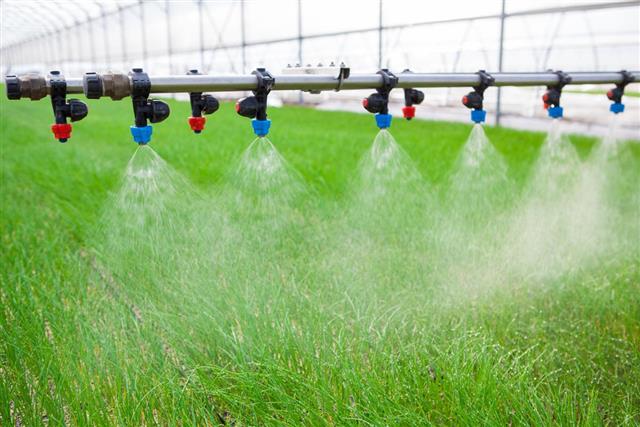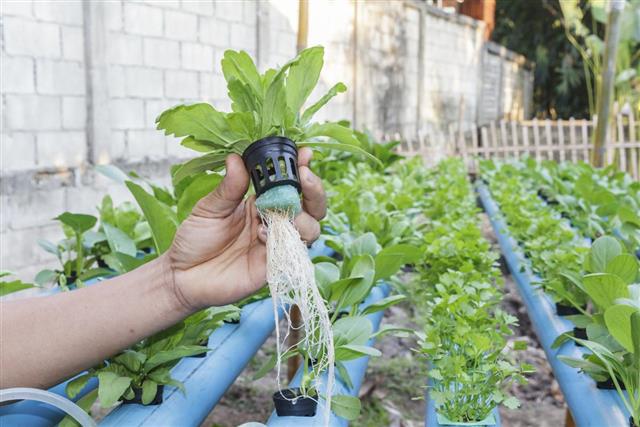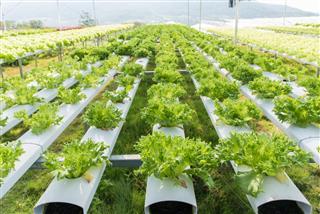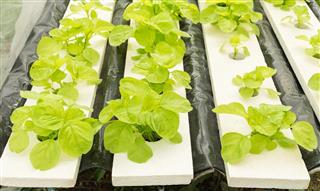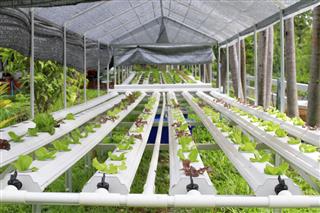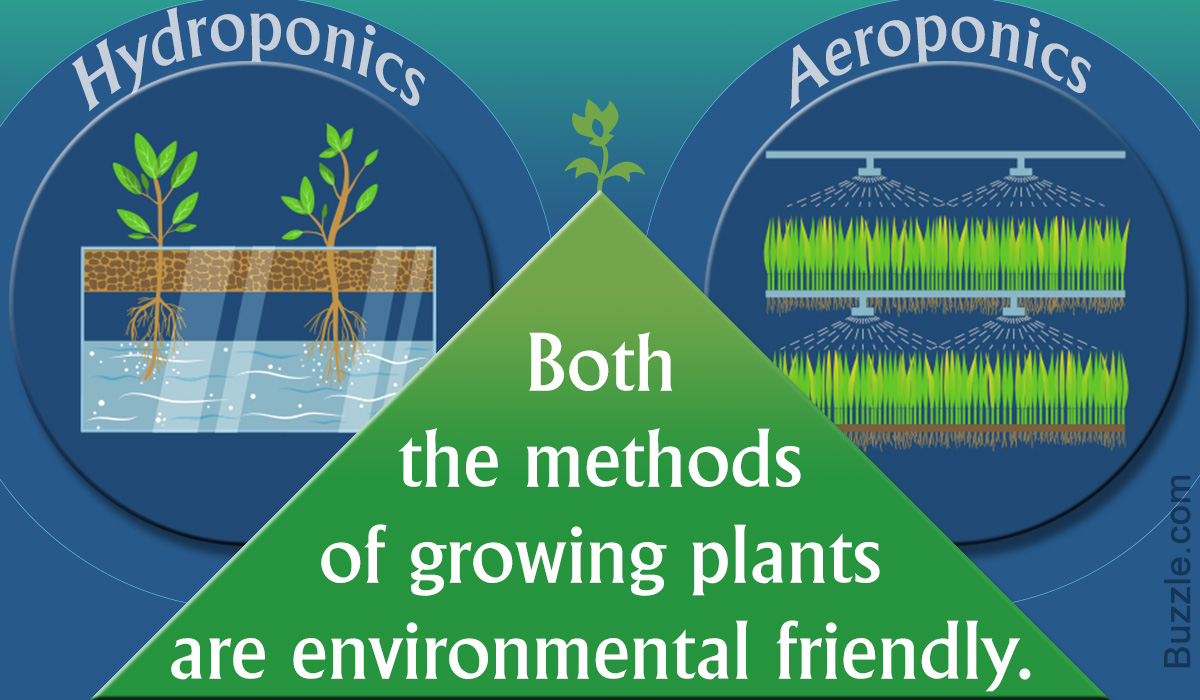
The newly introduced cultivation systems, aeroponics and hydroponics are fast becoming a rage in various parts of the world. If you want to look beyond the traditional method of soil cultivation, the comparison between these two is your best bet to start with.
Aeroponics and hydroponics, the two much-talked about methods of growing plants without the use of soil, are based on the fact that soil is just a medium, which holds together the nutrients required for plant growth, and not a requirement in itself. When it comes to actual application though, it can get confusing at times, especially if you don’t have any idea about how the two work, or which of the two an edge over the other.
Aeroponics
Aeroponics is basically the process of growing plants in the air instead of planting them in soil. The term ‘aeroponic’ is derived from Greek words aero, meaning air, and ponos, meaning labor. In this system, plant growth is facilitated by suspending them in the air in an enclosed environment and providing the necessary nutrients by spraying their roots with nutrient-rich solution. Pressure pumps are used to spray the solution and generate mist inside the enclosed space. As the entire process takes place in an enclosed environment, the absence of wind ensures that the mist stays for a longer duration, which in turn, helps the plants grow very quickly.
Hydroponics
Like aeroponics, even in hydroponics the nutrients are dissolved in water and provided to the plants directly through their roots. In this case, however, instead of spraying the solution, the plants are either grown in containers of nutrient solution, or the solution is circulated past the roots. The word ‘hydroponic’ is derived from Greek words hydro, meaning water, and ponos, meaning labor. Hydroponics is categorized into two types: (i) Solution-culture hydroponics, wherein only the nutrient solution is used to facilitate plant growth; and (ii) Medium-culture hydroponics, wherein expanded clay aggregate, gravel, or rock wool is used as a substrate to lend support to the plants.
Aeroponics Vs. Hydroponics
Both aeroponics and hydroponics differ from ‘geoponics’, i.e., growing plants in soil, as the nutrients are absorbed by plants through their roots after they dissolve in water. As water is used as the medium in both the cases, aeroponics is sometimes considered a subset of hydroponics. A closer look, however, and you realize that the two are totally different. Both the methods have their own advantages and disadvantages, which have to be taken into consideration when deciding which is better of the two.
Plant Growth
Plant Health
Impact on the Environment
Initial Investment
While aeroponics does come across as a costlier option as far as the initial investment aspect is concerned, it beats hydroponics hands down in the overall battle. Choosing aeroponics over hydroponics comes across as a case of spending more for better facilities (which is perfectly justified). Irrespective of which of these is better, there is no questioning the fact that the introduction of these cultivation systems has come as a blessing in disguise with soil degradation becoming a major issue of late.
